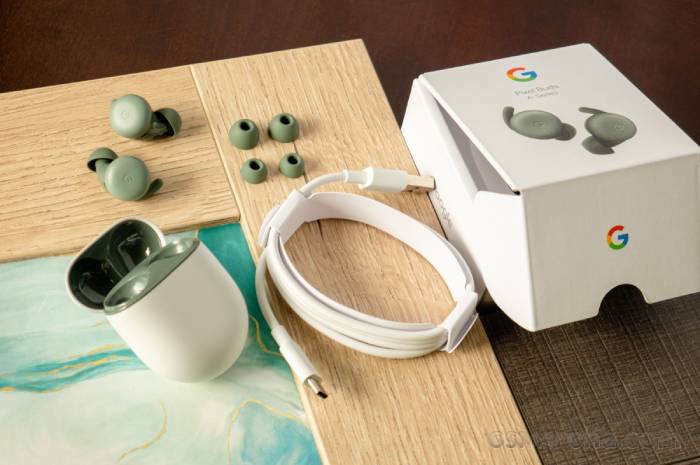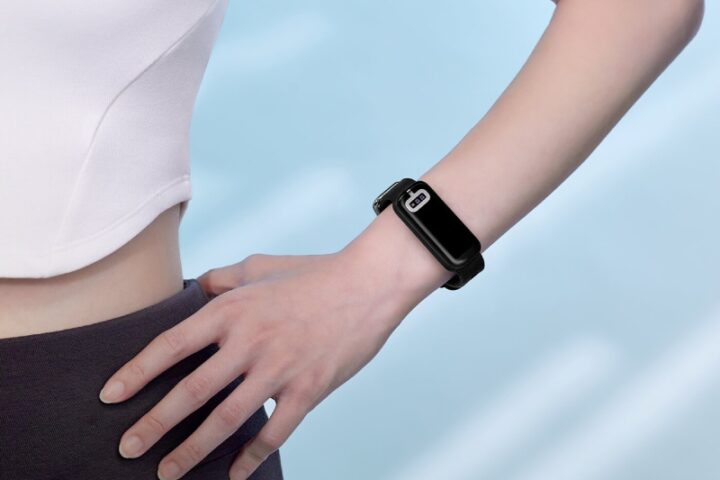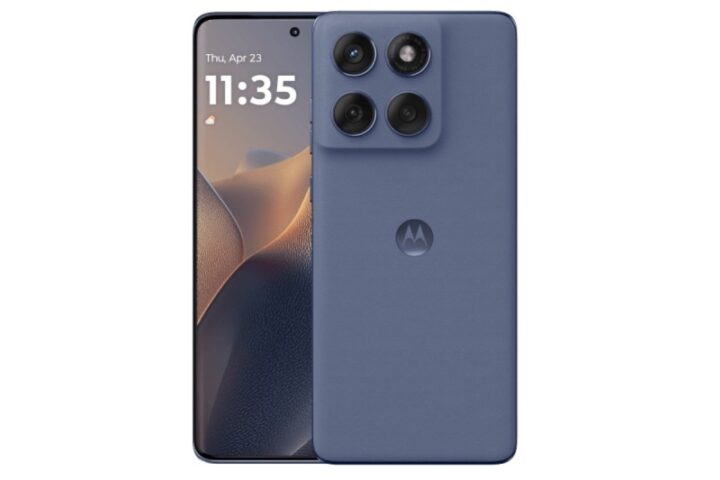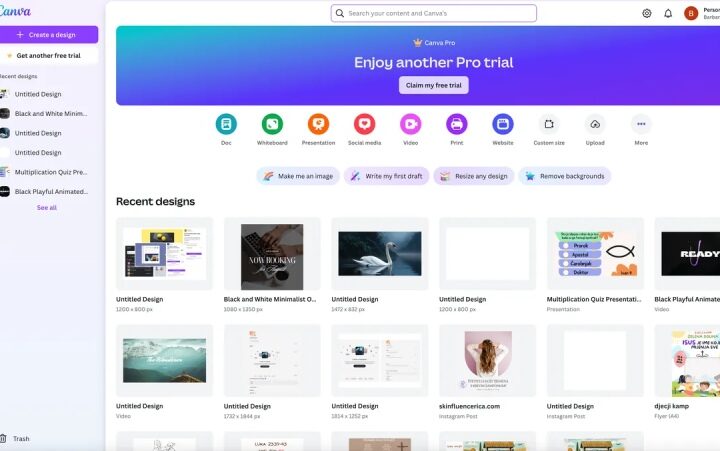After several attempts at producing wireless earbuds, Google today unveiled the Pixel Buds Pro, its most expensive offering to date. The Pixel Buds Pro are a direct competitor to Apple’s AirPods Pro, including active noise cancelling, transparency mode, multipoint Bluetooth connectivity, and IPX4 water resistance, among other features. They’ll be available for preorder starting July 21st, alongside the Pixel 6A smartphone, and in stores a week later on July 28th.
Both the earphones and the carrying case appear almost identical to the 2020 Pixel Buds, and the Pro earbuds will be available in black, blue, green, or red. You’ll notice more microphone inlets around the exterior of these than prior Pixel Buds, and they’re designed to sit deeper in your ear canal than previous Pixel Buds.
Some people dislike the feeling of silicone tips in their ears, but it appears that Google has worked hard to make them as comfortable as possible for everyone. Sensors in the Pixel Buds Pro “measure the pressure in your ear canal so the earbuds can actively relieve it and stay comfortable.” Micro-vent systems are used in other high-end earphones for similar objectives, but I don’t recall ever seeing genuine sensors dedicated to this function. Three sizes of ear tips will be included in the package, as is customary, but Google claims that its “Silent Seal” software algorithms can “adapt to your ear, maximizing the amount of noise that’s canceled.”
Google claims that the Pixel Buds Pro’s hardware is entirely unique, from the six-core processor to the drivers to the algorithms that run on the earphones. Rick Osterloh, Google’s senior vice president of devices and services, described them as “the best mobile audio hardware we’ve ever designed” during a recent media conference. Fast Pair will be available, as well as a new trick called Volume EQ, which allows the earbuds to automatically tune audio across the frequency range to ensure full, rich sound at any volume.
The Pixel Buds Pro, like the AirPods Pro, are meant to transition between your most frequently used Android devices without forcing you to access any Bluetooth settings menus. On iOS, this “feature” is unreliable and annoying, so we’ll have to wait and see how Google’s version operates in July.
But, in addition to this “intelligent” audio switching, the Pixel Buds also feature Bluetooth multipoint, allowing you to connect to two audio sources at once. Multipoint is a common function on many wireless headphones, but in the world of earbuds, the handy trick was previously reserved for Jabra products. As wireless audio chips have advanced in recent years, providing multipoint to more devices, this has begun to change.
According to Google, the Pixel Buds Pro will have a long battery life. The business claims that with active noise cancellation turned on, they can listen for up to seven hours and 11 hours, respectively.
Spatial audio head tracking is one feature of the AirPods Pro for which Google has yet to respond, but it is on the way. The startup expects to release its own head tracking technology later this year. Regular spatial audio music playback is supported by all earbuds and headphones, including the Pixel Buds Pro, but the experience does not vary when you move your head around.
The Pixel Buds Pro will allow hands-free Google Assistant voice commands, and the company claims that noise suppression of background distractions such as wind and traffic improves call quality. The earbuds themselves are water resistant to IPX4, making them excellent for exercise, while the casing is water resistant to IPX2.
Google’s Pixel Buds Pro offer a lot of capabilities for a low price, undercutting Apple’s AirPods Pro by $50. There won’t be many people switching between the two: as with AirPods and the iPhone, Android users will get the best experience with the Pixel Buds Pro. These earphones are compatible with Apple products, however there is no Pixel Buds app to alter settings or EQ, for example. For earbud ecosystem supremacy in the Android universe, Google is truly squaring off against Samsung’s Galaxy Buds portfolio.
So far, Google’s track record with the Pixel Buds has been uneven. The 2020 earbuds had a lot of signal cuts and other issues. Later software updates addressed some (but not all) of those concerns. In terms of reliability, the newer, more economical Pixel Buds A-Series have performed better. Hopefully, the “Pro” earphones deliver on their promise of reliable performance.
- Cougars Coach Kelvin Sampson Chases 800th Career Victory in NCAA Finals - April 8, 2025
- How to Check IIT GATE 2025 Results Online? Complete Guide - March 19, 2025
- Deadmau5 Sells Song Catalog for $55M to Launch New Music Venture - March 6, 2025









